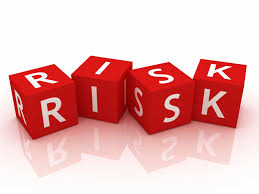Risk exists whenever the consequences of a decision are uncertain. While analyzing risks and gauging their magnitude, the following concepts are involved.
Possibilities: The consequences of any risky decision depend on events outside the decision makers control. Usually, events can unfold in many different ways. Each possible unfolding of events is refered to as a state of nature.
For example, suppose that Rohit is trying to decide whether to buy tickets to a baseball game. His enjoyment of the game will depend on two uncertain events that are beyond his control: whether it rains and whether his team wins. He will be happiest if it does not rain and his team wins. That is one possible state of nature.
To analyze a risky decision, economists begin by describing every possible state of nature. In the above example, there are four possible states of nature. Try answering?
Probability: Some states of nature are more likely than others. Probability is a measure of the likelihood that a state of nature will occur. It’s usually written either as a number between 0 and 1 or as a percentage. A probability of 0 means that a state is impossible, a probability of 1 means taht it is certain. A probability of 3/4 means that the odds of the state in question occurring are three out of four. The probabilities of all states of nature always add up to 1, because it is certain that something will happen.
Click here for government certifications





7 Comments. Leave new
Good work!
Well written heeral 🙂
Good effort..!
Nice article
Well written..
Risk analysis has been done well.
proper analysis of risk should be done 😀
As given by you 😀 i liked the way you presented the Possibilities and probabilities 😀
Th liked the content of possibilities part 😀 as the probabilty part was little chiddish as the liek every one know probality 0 is impoosible event rest all 😀 Good work 😀